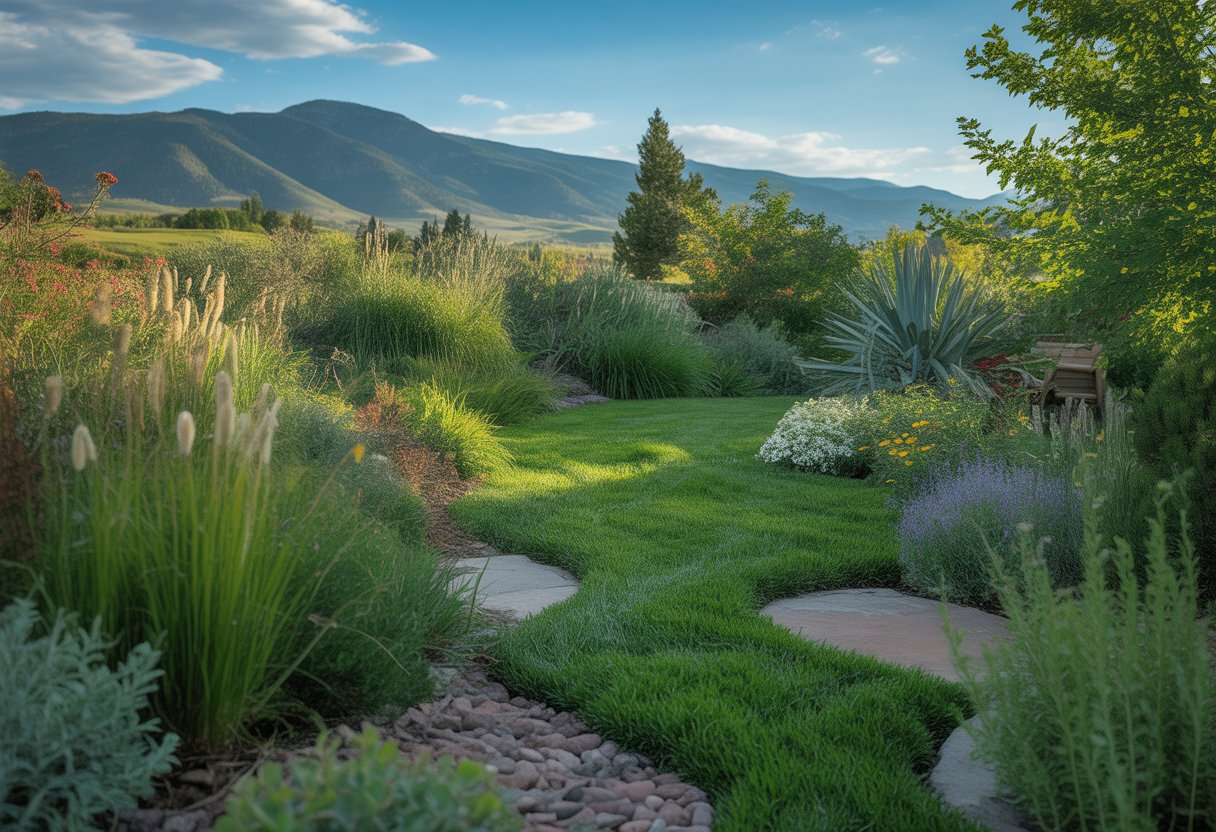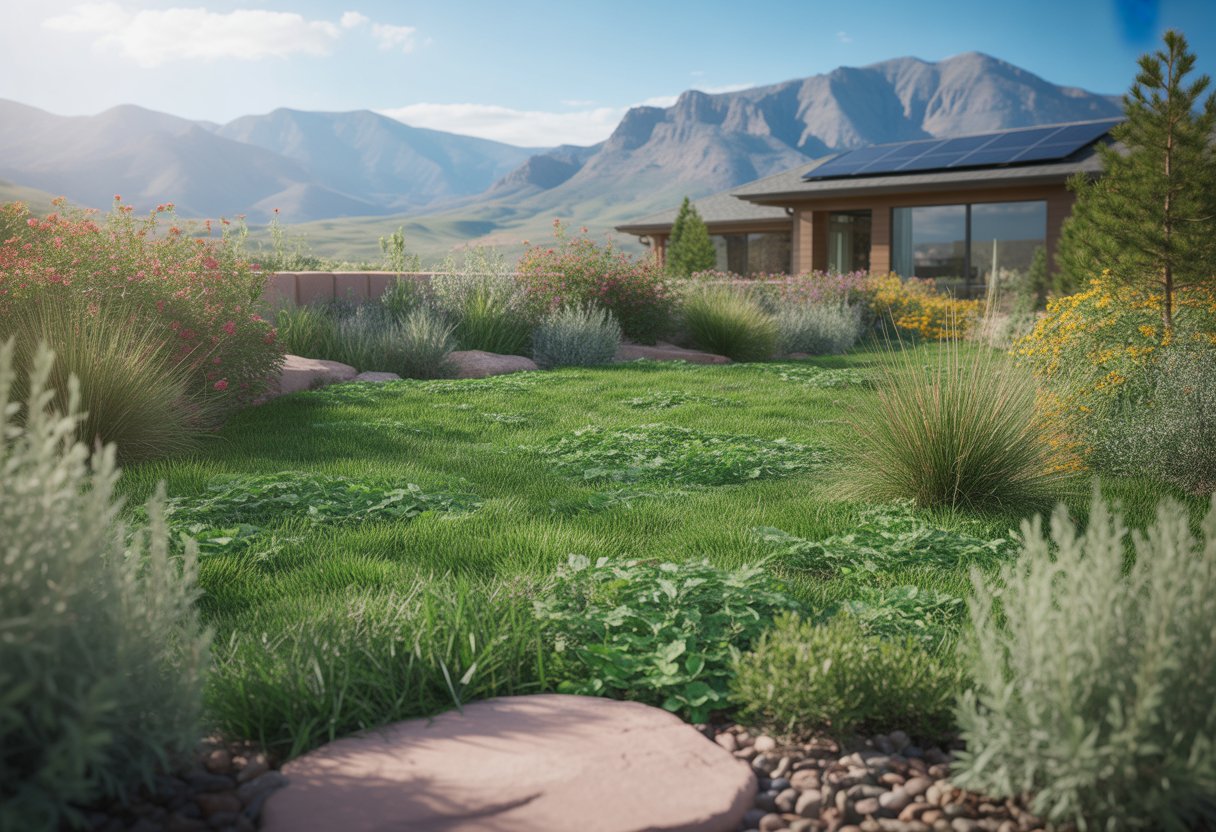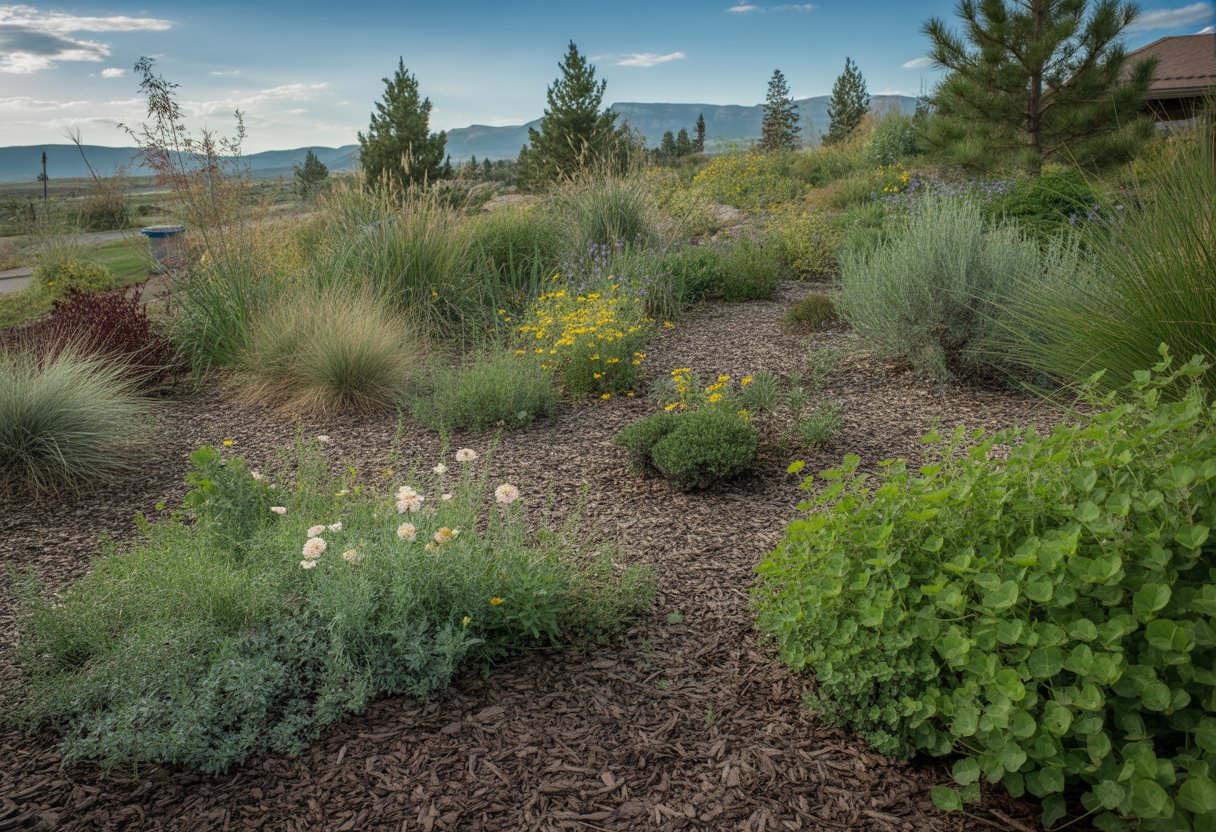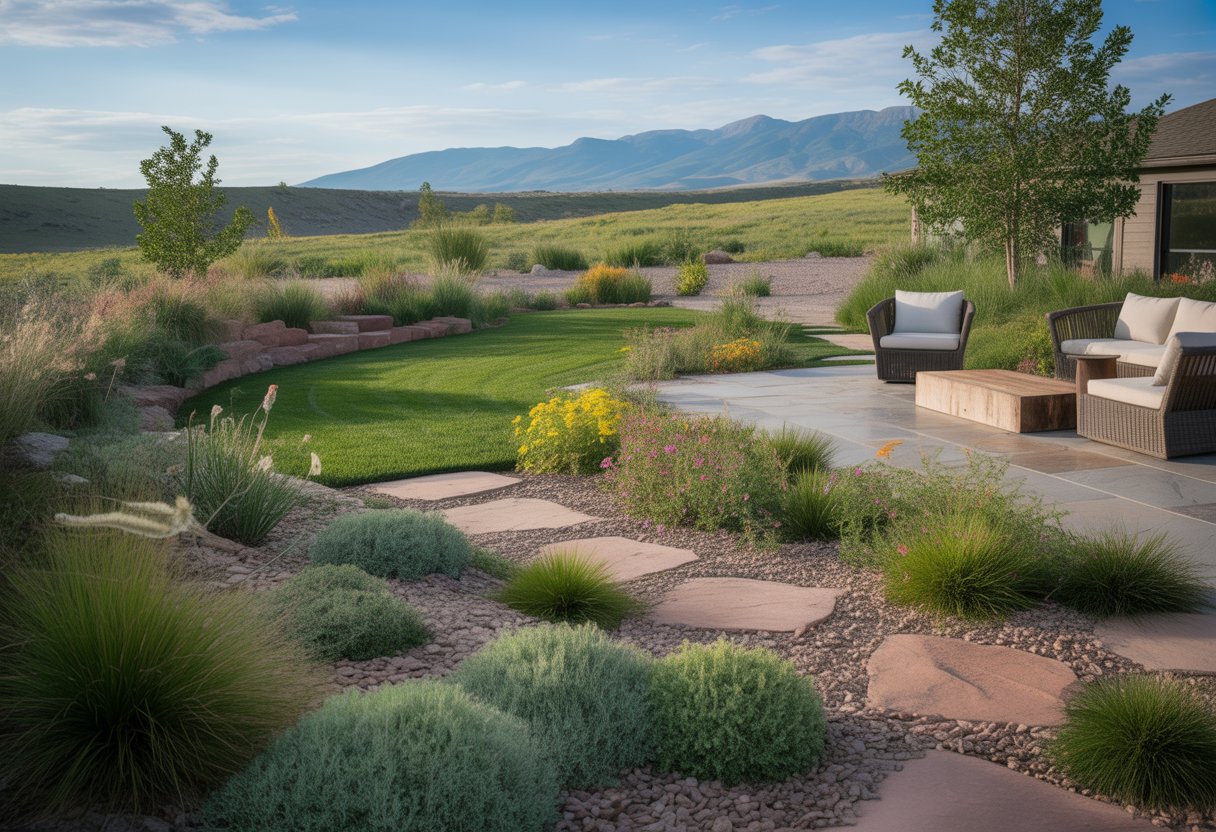Eco-Friendly Lawn Alternatives Colorado: Sustainable Solutions for Your Yard
A lot of Colorado homeowners want eco-friendly lawn alternatives that cut down on water use and support local wildlife. Native plants, drought-tolerant grasses, and ground covers all work well for sustainable landscaping in the state’s unpredictable climate.

Some of Colorado’s best eco-friendly lawn alternatives are native grasses like buffalo grass, easy-care ground covers such as clover, and xeriscape-friendly plants that don’t need much irrigation. These choices save water and keep outdoor spaces looking good.
Smart plant choices can lower your lawn care costs and attract pollinators. They also fit with Colorado’s water rules and environmental goals, which is probably why sustainable lawns are catching on.
Why Choose Eco-Friendly Lawn Alternatives in Colorado

Eco-friendly lawn alternatives help save water, suit Colorado’s wild climate, and boost curb appeal with sustainable landscaping. You’ll find these options usually need less work and handle local conditions better.
Addressing Drought and Water Conservation
Colorado gets hit with droughts pretty often, and traditional lawns just aren’t built for that—they guzzle water. Native grasses and xeriscaping plants, on the other hand, need way less irrigation.
Cutting back on watering doesn’t just save money. It also makes it easier to follow local water restrictions when drought alerts pop up.
When you pick drought-tolerant species, you get a lawn that stays healthier all year and helps with regional water management. Plus, you’re not stuck with sad, brown patches during dry spells.
Climate Considerations for Colorado
Colorado’s weather is all over the place—hot summers, cold winters, rain one week and nothing the next. Traditional grass really struggles without constant attention.
Native plants and grasses have adapted to these swings. They help the soil and don’t need as much fertilizer or chemicals, which is better for the environment.
Regional species support local wildlife and cut down on pests. It just makes sense to work with nature instead of battling against it.
You’ll probably notice less work for yourself and a lawn that lasts longer.
Enhancing Curb Appeal Sustainably
Eco-friendly lawn alternatives can bring in different textures and colors, making your yard stand out. Try native flowers, ornamental grasses, or stone paths—these look great and actually fit Colorado’s landscape.
Low-maintenance materials help keep things tidy without constant mowing or watering. That’s less effort for you and a nice, consistent look.
Landscapes like this give pollinators a place to thrive, so you’re doing some good for the environment too. And hey, a yard that’s both beautiful and responsible? That’s appealing to buyers and neighbors alike.
Types of Eco-Friendly Lawn Alternatives

Eco-friendly lawn alternatives in Colorado focus on using less water, cutting maintenance, and skipping harsh chemicals. You’ll see native plants that fit local soil and weather, tough ground covers that keep weeds down, and clover lawns that boost soil health and handle drought.
Native Plants for Lawns
Blue Grama Grass, Buffalo Grass, and Western Wheatgrass are all native to Colorado and don’t need much water. They’re tough enough for drought and cold, so you won’t need to dump on fertilizers or pesticides.
These grasses support local wildlife and pollinators, and they’re way easier to care for than typical turfgrass. Their deep roots help the soil soak up water and stay healthy.
If you want a lawn that feels natural and blends into Colorado’s scenery, native plants are a solid pick.
Ground Covers and Low-Maintenance Options
Ground covers like creeping thyme and sedum bring a splash of green without the hassle. Creeping thyme forms a thick mat, can take a bit of foot traffic, and its tiny flowers attract pollinators.
Sedum is a succulent that barely needs watering. Both of these help prevent soil erosion and crowd out weeds, all without constant mowing.
You’ll save money on water, fertilizers, and yard work by switching to these options.
Clover Lawn Benefits
Clover lawns mix clover with grasses to create a sustainable turf. Clover naturally adds nitrogen to the soil, so you might not need fertilizer at all.
It stays green longer during dry spells and shrugs off pests and diseases better than regular turfgrass. Clover also boosts soil health by keeping the underground ecosystem active.
This type of lawn means less work, less water, and a soft, inviting surface that fits right in with Colorado’s vibe.
Designing and Implementing Sustainable Landscapes

Sustainable landscapes in Colorado aim to cut water use, lower upkeep, and help local ecosystems thrive. Good design finds a balance between looks and environmental benefits, using smart plant choices and thoughtful hardscaping.
Wildflowers and Pollinator-Friendly Gardens
Wildflowers like lupine and blue flax are made for Colorado gardens. They don’t need much water and attract bees, butterflies, and hummingbirds.
Mixing wildflowers that bloom at different times keeps pollinators fed all season. Planting them in clusters (not scattered everywhere) helps pollinators find food more easily.
Mulch helps keep in moisture and blocks weeds. Skip the pesticides—they’re rough on pollinators. And if you spot invasive plants, pull them out to protect your natives.
Incorporating Hardscaping Elements
Hardscaping can mean pathways, patios, or retaining walls made from permeable materials like gravel, pavers, or flagstone. These soak up water and cut down on runoff.
Using recycled or local stone is better for the environment and still lasts a long time. If you design hardscape to follow the land’s natural shape, it’ll help manage stormwater and stop erosion.
Try to fit hardscape around your plants, not the other way around. Add seating or shade for comfort, but keep the ecosystem in mind.
Best Practices for Plant Selection
Stick with drought-tolerant, native plants that already thrive in Colorado. Buffalo grass, sagebrush, and yarrow barely need extra water and can handle local pests.
Think about your soil, sun, and microclimates when picking plants. Grouping plants with similar water needs makes irrigation easier and reduces runoff.
Evergreens add year-round interest and give wildlife a place to hang out. Avoid invasive species that could mess up the local ecosystem.
If you’re not sure what to plant, local extension services or native plant groups can help you pick options that actually support sustainability.
Benefits of Eco-Friendly Lawn Alternatives
Eco-friendly lawn alternatives offer real-world perks that line up with sustainable landscaping goals. They make lawn care simpler and give a boost to the environment.
Boosting Biodiversity
Eco-friendly lawns often feature native plants, wildflowers, and clover, all of which give local pollinators like bees and butterflies a place to thrive. This approach directly increases biodiversity by welcoming a range of insects and birds that traditional grass just doesn’t support.
With less focus on monoculture turfgrass, you get a more balanced ecosystem. Native species chosen for Colorado’s climate save water and offer food sources, strengthening the web of life around your home.
Swapping standard lawns for a mix of plants helps pollinators bounce back—something that matters for food production and natural ecosystems alike.
Reducing Maintenance and Chemical Use
Low-maintenance lawns need way less watering, mowing, and fertilizing than traditional turfgrass. That means you spend less time on yard work and, honestly, who doesn’t appreciate that?
Plus, it cuts down on environmental impact—a big deal in Colorado’s dry climate. Less water, less hassle.
When you eliminate or cut back on synthetic fertilizers and pesticides, you stop a lot of chemicals from running off into local waterways. Healthier soil microorganisms thrive, and the risk of polluting nearby ecosystems drops.
If you mix in drought-tolerant species and ground covers, you barely need to water at all. It’s a smart move for anyone who cares about sustainable landscaping but still wants a yard that looks good.
